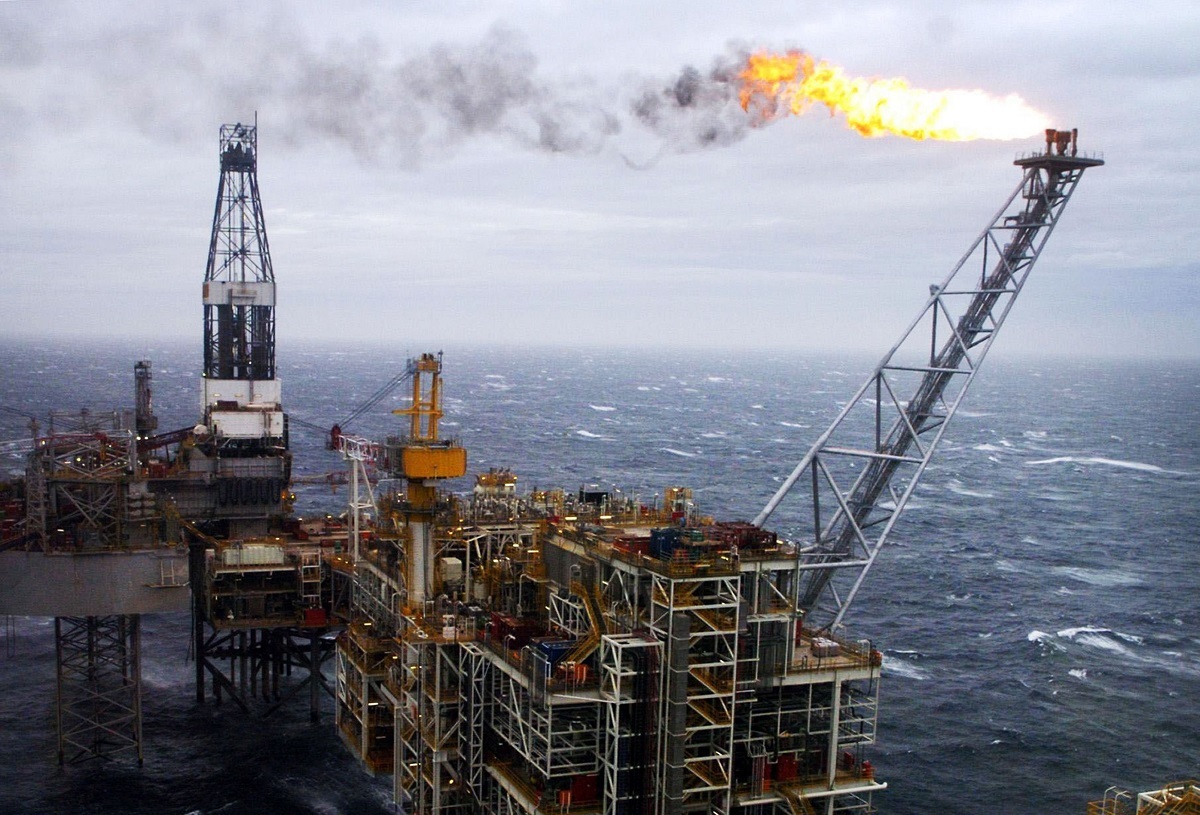
THE SNP’s independence plans have come under fire after the independent Office for Budget Responsibility (OBR) warned North Sea oil revenues could fall to just £130 million this year.
The figures, revealed as the Chancellor made his Autumn Statement, said this compared to £2.2 billion in 2014-15 and just under £11 billion four years ago.
With the OBR now predicting oil revenues to raise about £0.1 billion for 2015-16 and the next three years, George Osborne said there would have been “catastrophic cuts” if Scotland have voted for independence last September.
At the same time, opposition leaders at Holyrood accused SNP ministers of misleading the public on the amount of cash that could be raised from the industry in the run-up to the independence vote.
The Scottish Government had proposed Scotland would be an independent country by March 2016 if there had been a Yes vote in the referendum.
Mr Osborne said: “Of course, if Scotland had voted for independence, they would have had their own Spending Review this autumn.
“With world oil prices falling, and revenues from the North Sea forecast by the OBR to be down 94%, we would have seen catastrophic cuts to Scottish public services.
“Thankfully, Scotland remains a strong part of a stronger United Kingdom. So the Scottish block grant will be over £30 billion in 2019-20 – while capital spending available will rise by £1.9 billion through to 2021.”
Labour MSP Jackie Baillie called for the SNP to “apologise to the Scottish people for misleading everybody on oil”.
Ms Baillie, the party’s public services spokeswoman at Holyrood, said: “John Swinney promised Scots oil revenues of £8 billion in the year we would have left the UK. The reality is that they will be just £130 million.
“These figures expose the stark reality of the consequences of the SNP’s plan for separation.
“The scale of the cuts that would have been required to budgets for our schools and hospitals had the SNP got their way is simply unimaginable. The SNP should apologise to the Scottish people for misleading everybody on oil.”
Scottish Conservative finance spokesman Murdo Fraser said: “These new oil figures only serve to demonstrate the shocking scale of the SNP’s deceit before the referendum.
“Time and time again we were told that oil would pay. Despite numerous warnings, the SNP’s white paper – overseen by Nicola Sturgeon – brushed all evidence aside in an attempt to deliberately hoodwink voters.
“Given these latest figures, Nicola Sturgeon and John Swinney should show they are prepared to move on by apologising for what was a deliberate and conscious decision to deceive people.”
Scottish Liberal Democrat leader Willie Rennie said: “John Swinney should thank his lucky stars it’s not him up there delivering a budget for an independent Scotland.
“His predictions of a second oil boom have gone bust. The 94% cut in oil revenues would have starved our NHS, schools and police of billions of pounds in a separate Scotland.”Politics Podcast: Choices, chocolate and Chairman Mao – click here to listen

Enjoy the convenience of having The Sunday Post delivered as a digital ePaper straight to your smartphone, tablet or computer.
Subscribe for only £5.49 a month and enjoy all the benefits of the printed paper as a digital replica.
Subscribe